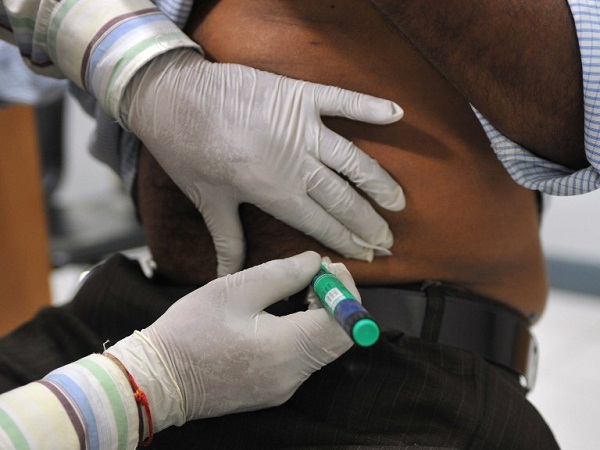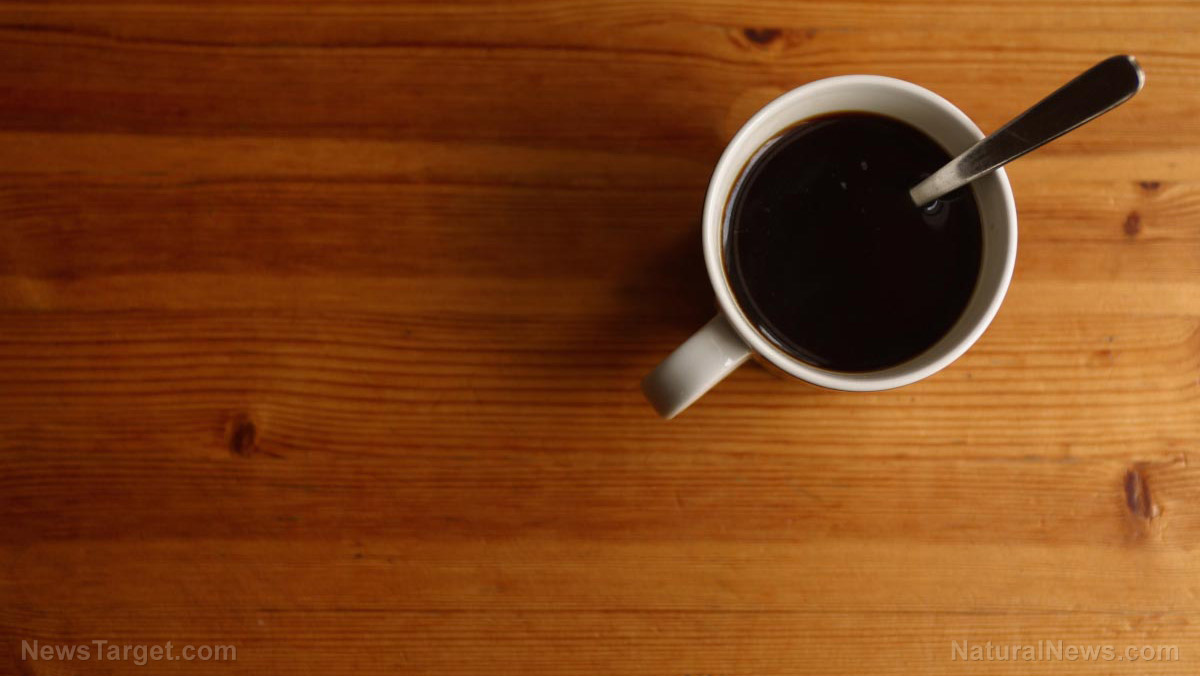 Parler
Parler Gab
Gab
- A new study reveals women achieve greater heart health benefits from exercise than men, needing significantly less time for similar protection.
- Women reached a 30% lower risk of heart disease with 250 minutes of weekly activity, while men required 530 minutes.
- For those with established heart disease, active women saw a 70% reduction in death risk, compared to a 19% reduction for active men.
- The research, using wearable trackers, challenges current one-size-fits-all physical activity guidelines.
- Biological differences, including estrogen levels and muscle fiber composition, are believed to drive the disparity in exercise efficiency.
The efficiency of the female physiology
The study, published in Nature Cardiovascular Research and drawing data from the UK Biobank, moved beyond unreliable self-reporting by using wrist accelerometers to objectively measure activity over nearly eight years. The results were stark. Among participants free of heart disease, women who met the standard guideline of 150 minutes of moderate-to-vigorous activity per week saw a 22% lower risk of developing heart problems. Men meeting the same target experienced only a 17% risk reduction. The divergence grew more pronounced at higher activity levels. Women achieved an optimal 30% lower risk of coronary heart disease with 250 minutes of weekly exercise. For men to gain a comparable level of protection, they needed to log more than double that amount—530 minutes per week. For those already living with heart disease, the disparity was even more dramatic. Women who were physically active had a staggering 70% lower risk of death from any cause, while active men saw a 19% reduction.Unpacking the biological divide
Why does the female body appear to be so much more efficient at converting exercise into cardiovascular gain? Scientists point to two key biological factors: hormones and muscle composition. Estrogen, far more prevalent in women, plays a critical role. Research indicates that estrogen dramatically enhances the body's ability to burn fat for fuel during exercise. Since efficient fat metabolism is a cornerstone of heart health, this hormonal advantage may allow women to reap bigger returns on their physical investment. Furthermore, men and women are built differently at the muscular level. Men typically possess more type II muscle fibers, which are geared for short, powerful bursts of movement and rely primarily on sugar for energy. Women, conversely, have a higher proportion of type I fibers, which are endurance-oriented and excel at burning fat. This fundamental difference in energy utilization during sustained activity translates directly to the divergent cardiovascular benefits observed.Rethinking the "weekend warrior" and the power of consistency
This new data arrives as other recent research, including a study in Circulation, has reinforced that the total volume of exercise is what matters most for longevity, whether it's spread evenly throughout the week or concentrated into one or two days—a pattern often labeled the "weekend warrior." However, the latest findings add a crucial layer of nuance, emphasizing that consistency still holds unique value, especially for women. The research from Xiamen University found that for women, each additional day per week they exercised for approximately 21 minutes was linked to a 6% lower risk of heart disease. The effect was slightly less pronounced for men, at a 4% lower risk per active day. This suggests that while hitting a weekly total is the primary goal, finding ways to be active on most days can provide an extra layer of protection, leveraging the body's consistent metabolic response.Bridging a dangerous activity gap
The revelation that women can achieve robust heart protection with a more attainable exercise target could help address a persistent and dangerous public health problem. Globally, insufficient physical activity affects 33.8% of women compared to 28.7% of men. This 5-percentage-point gender gap has long been a concern for health officials. Current guidelines from major organizations like the World Health Organization and the American Heart Association recommend identical targets for both sexes, which may inadvertently discourage women who struggle to meet them. The new evidence provides a powerful motivational tool: women can be confident that their efforts are exceptionally potent. Knowing that they are biologically primed for efficiency could be the key to narrowing this gap, encouraging more women to engage in physical activity with the understanding that their time is well-spent.A personalized path forward for heart health
The historical context of exercise science has largely been built on studies dominated by male participants, leading to guidelines that have been universally applied despite growing evidence of sexual dimorphism in physiology. This new research marks a significant step toward a more nuanced, personalized understanding of preventive health. It demonstrates that equal time spent exercising does not yield equal benefit, and that tailored recommendations are not just beneficial but necessary. For the public, the takeaway is empowering. Women can aim for a sweet spot of 150 to 250 minutes of weekly activity for optimal heart protection, while men should target a more substantial 300 to 530 minutes. This shift in perspective, from a generic prescription to a sex-specific strategy, empowers individuals to optimize their efforts and underscores that in the pursuit of heart health, quality and a deep understanding of one's own biology are just as important as quantity.Toward a more informed fitness future
This groundbreaking research fundamentally recalibrates our understanding of the relationship between exercise, gender and cardiovascular destiny. It moves the conversation beyond simplistic, uniform mandates and into an era of precision health, where individual biology informs preventive care. The findings offer a compelling reason for both individuals and health institutions to abandon a one-size-fits-all mentality. For millions, this knowledge provides not an excuse to do less, but a powerful, evidence-based incentive to engage in a level of physical activity that is both realistic and remarkably effective for their unique body, ultimately paving the way for more successful and sustainable lifelong heart health. Sources for this article include: NaturalHealth365.com Nature.com AMA-Assn.orgForeign ownership near strategic bomber base raises national security alarms
By Willow Tohi // Share
California study exposes silent socioeconomic factors fueling the diabetes crisis
By Lance D Johnson // Share
As remote sensing merges with AI capabilities, China takes the lead in scientific innovations
By Lance D Johnson // Share
Loss of rare brain cells may explain how stress leads to dementia, study shows
By Cassie B. // Share
Governments continue to obscure COVID-19 vaccine data amid rising concerns over excess deaths
By patricklewis // Share
Tech giant Microsoft backs EXTINCTION with its support of carbon capture programs
By ramontomeydw // Share
Germany to resume arms exports to Israel despite repeated ceasefire violations
By isabelle // Share










